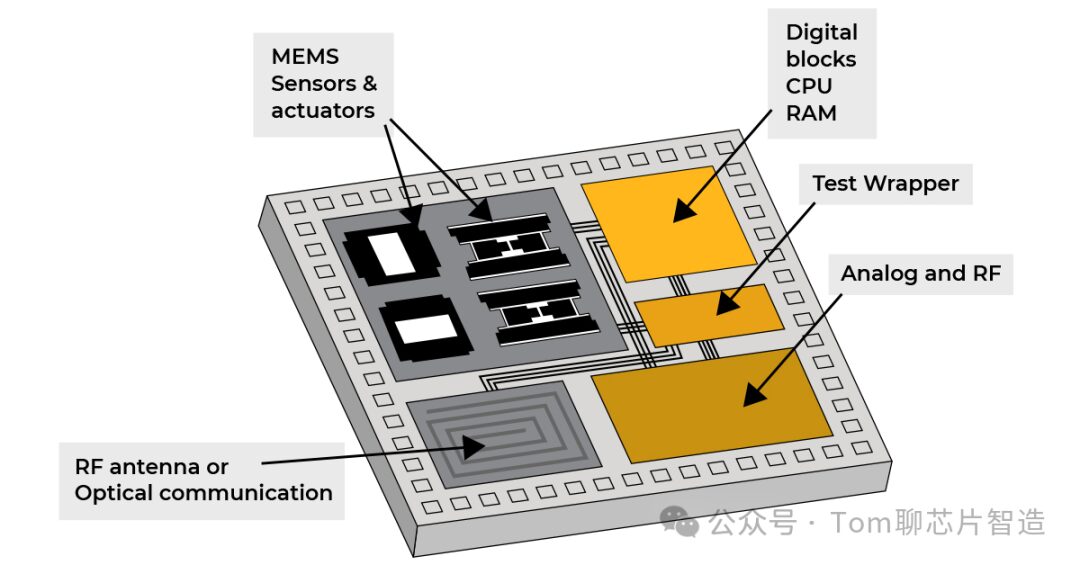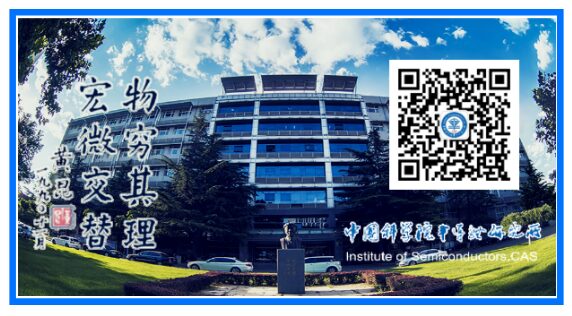
Source: Tom Talks Chips
Original Author: Tom
What Are SoC and SIP?


END
Content reprinted only represents the author’s views
It does not represent the position of the Semiconductor Institute of the Chinese Academy of Sciences
Editor: Max
Editorial Supervisor: Six Dollar Fish
Submission Email: [email protected]
1. Implementation and Application of Nano-Electron Beam Lithography Systems
2. Can Quantum Chips Take on the Heavy Lifting of Computing Power?
3. Electromagnetism, Magnetoelectronics, and Spintronics
4. Common Vaporization Methods for MOCVD Precursors
5. Research on Organic-Inorganic Hybrid Copper(I) Halide Scintillators
6. Building LVTSCR ESD Circuit Simulation Model Using BJT Mextram Model
